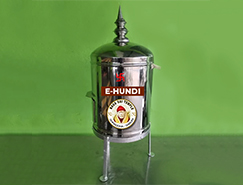

A New Design (1) (66)
A New Design (1) (68)


A New Design (1) (66)
A New Design (1) (68)



Full 1
Full 1
Full 1



Full 1
Full 1
Full 1
About Us

Sai Satya Vrat Puja
Monthly Sai Vrat Puja will be performed montly once. Please signup using signup sheet at Temple Premise.

Join Sai Seva Volunteers Team
Volunteers for: Sai Baba Arthi, Temple Operations, Prasad Cook / Distribution
and Sandwich Seva

Naga Sai Baba Paduka Puja
Temple will organize Naga Sai Baba Paduka Puja at Naga Sai Temple Devotees Home.
Priest will perform Puja.
Powerful puja helps to remove all obstacles from your home and Baba Blessings


Sandwich Seva
Join our Monthly Sandwich Seva Volunteers Team
Donate for Sandwich Seva to provide food to Homeless Shelters in Bay Area





















